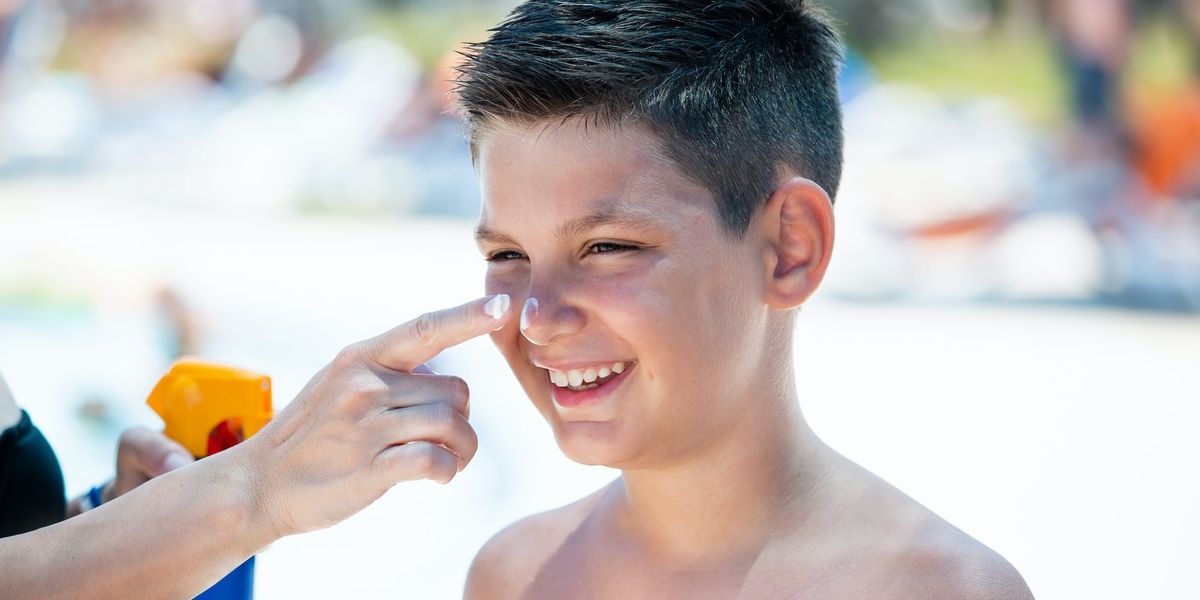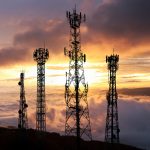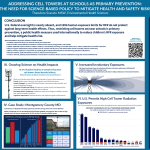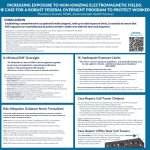
Oxybenzone, a UV-absorbing chemical that harms coral reefs and may impact the body’s hormonal system, is found in 6% of sunscreens on the market in the U.S. this year, according to the Environmental Working Group’s (EWG) annual sunscreen trends report.
Use of oxybenzone has declined by more than half since 2022, when it was present in 15% of products.
Sunscreen plays a crucial role in preventing health harms from sun exposure, such as skin cancers, but experts say it’s important to evaluate ingredients to ensure they aren’t creating new health risks. Indications that oxybenzone could affect the body’s hormonal system has led to calls for its removal from sunscreens. In addition, some sunscreens fail to achieve their stated SPF (sun protection factor) rating. Many don’t protect against UVA radiation, a part of the light spectrum that doesn’t cause sunburns but can cause skin cancers. Advocates say the sunscreen market needs reform to provide the safest and most effective products to consumers.
“A lot of people struggle with decisions around sunscreen agents, because it’s like a rock-and-hard-place decision,” Laura Vandenberg, a professor of environmental health sciences at the University of Massachusetts Amherst, told Environmental Health News (EHN).
EWG’s product guide helps consumers make those decisions by recommending specific sunscreens that pass their standards for safety and efficacy.
Oxybenzone on its way out
Hawaii banned oxybenzone in sunscreens starting in 2021, after studies found that the chemical can bleach and deform coral reefs. A study that year showed that oxybenzone threatened the aquatic ecosystem of the state’s popular Hanauma Bay and is a potential source of coral bleaching observed there in 2015.
In humans, research isn’t conclusive that the chemical poses an immediate health risk, but there are signs that oxybenzone impacts the hormonal system. Scientists have linked oxybenzone exposure to lower testosterone levels in adolescent boys and some changes in pregnancy outcomes.
In 2021 the FDA released a set of proposed regulations that stated oxybenzone is absorbed into the body at higher rates than previously known and that the chemical has been found in human breast milk, urine and blood plasma. “Absorption [of oxybenzone] continues for weeks after application,” EWG senior scientist David Andrews told EHN. The FDA concluded there isn’t enough information available to judge oxybenzone as safe and effective, but it remains approved for use in sunscreens.
The market has phased out oxybenzone due to the health and environmental concerns over the past several years, Emily Spilman, healthy living science program manager at EWG, told EHN, and this year represents a significant drop. EWG evaluated more than 1,700 sunscreens available to U.S. consumers in their report, and just 6% contained the chemical.
Overhyped SPF ratings

Some sunscreens don’t meet their stated SPF rating, according to both the EWG report and the FDA. SPF measures the amount of UV radiation needed to cause a sunburn. It isn’t related to the amount of time you can spend in the sun without a sunburn, because UV intensity changes throughout the day. One hour in the sun at 9:00am is equivalent to 15 minutes in the sun at 1:00pm, according to the FDA.
High SPF values are a particular concern, and the FDA’s latest proposed regulation from 2021 includes a cap at “60+” due to a lack of evidence that sunscreens with SPF higher than 60 convey better protection from UV radiation. The FDA could finalize that proposed regulation at any time but hasn’t yet, said Andrews.
Moreover, SPF labels principally measure protection from UVB radiation, the part of the light spectrum that causes sunburns. UVA radiation, which has a longer wavelength than UVB, doesn’t cause sunburns but can still lead to wrinkles, skin cancer and impacts on the immune system.
UVA protection is important for everyone, but is particularly relevant for people with darker skin. Anyone who doesn’t sunburn easily may not rely on UVB protection, but would still need UVA protection to prevent long term skin damage from the sun.
The EWG product guide includes a ranking of each sunscreen’s balance of UVA and UVB protection.
Stay safe this summer
“When we’re talking about chemicals that are hazardous in sunscreen, we don’t want to discourage people from being sun safe,” said Vandenberg. She encourages everyone to consult with EWG product guides and pay attention to labels when selecting sunscreens and other products. “It’s really important that we talk about these things without creating fear. The real problem is that most of these chemicals are very poorly studied.”
Sunscreen is just one tool in your summer toolbox, said Spilman. “There are a lot of other important behaviors when it comes to sun safety.” She recommends hats, long sleeve shirts, seeking shade and avoiding time in direct sunlight during peak hours from 10:00am to 4:00pm when possible.




